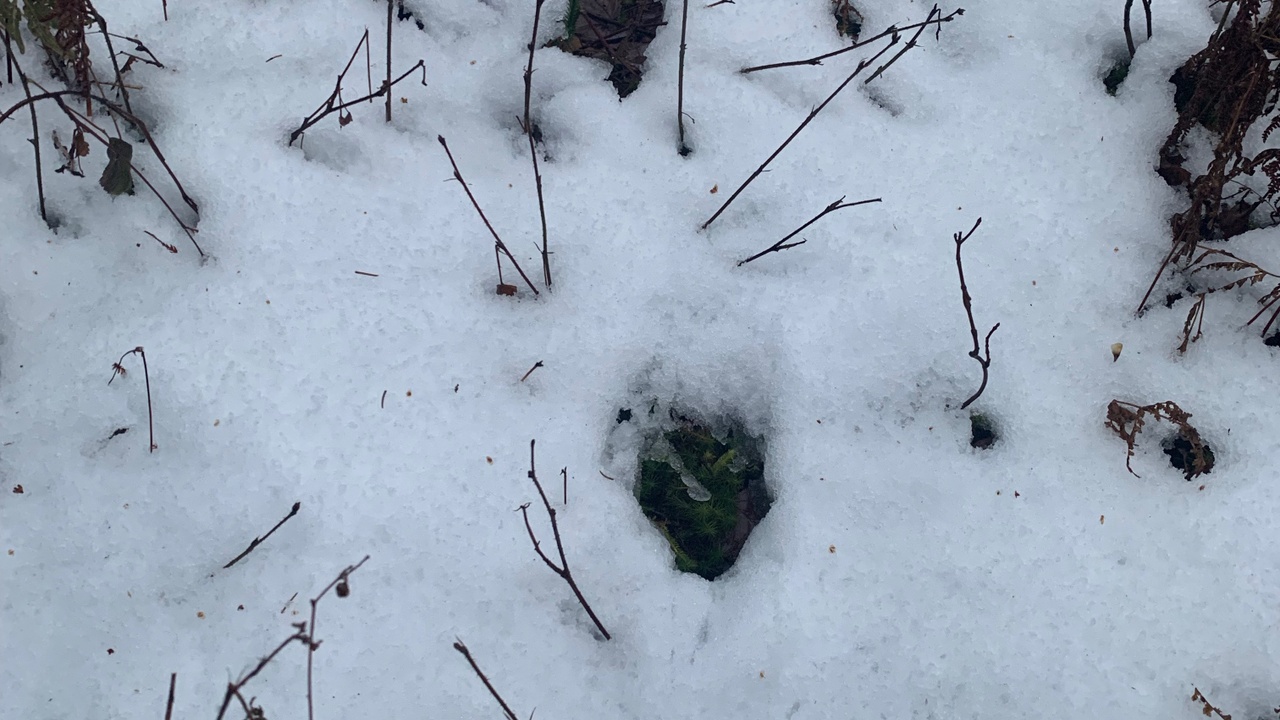Ode to the Knife: A Top Surgery Tale
Apr 05, 2022
Vermont Rifle Hunt 2021, Day 7
Nov 22, 2021
Vermont Rifle Hunt 2021, Day 6
Nov 21, 2021
Vermont Rifle Hunt 2021, Day 5
Nov 20, 2021
Vermont Rifle Hunt 2021, Day 4
Nov 18, 2021
Vermont Rifle Hunt 2021, Day 3
Nov 15, 2021
Vermont Rifle Hunt 2021, Day 2
Nov 14, 2021
Vermont Rifle Hunt 2021, Day 1
Nov 13, 2021
Hunting Wholeness
Nov 14, 2020
Is A Gun Really The Tool You Need Right Now?
Mar 27, 2020
Northern Forest Canoe Trail 2019
Nov 06, 2019













